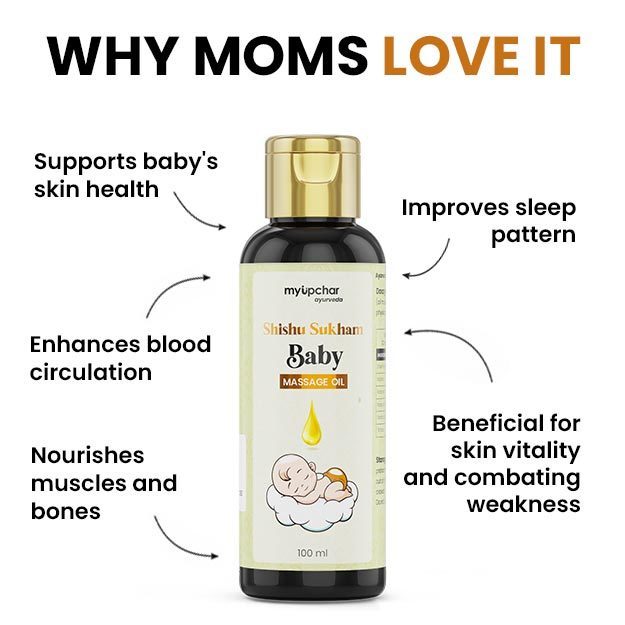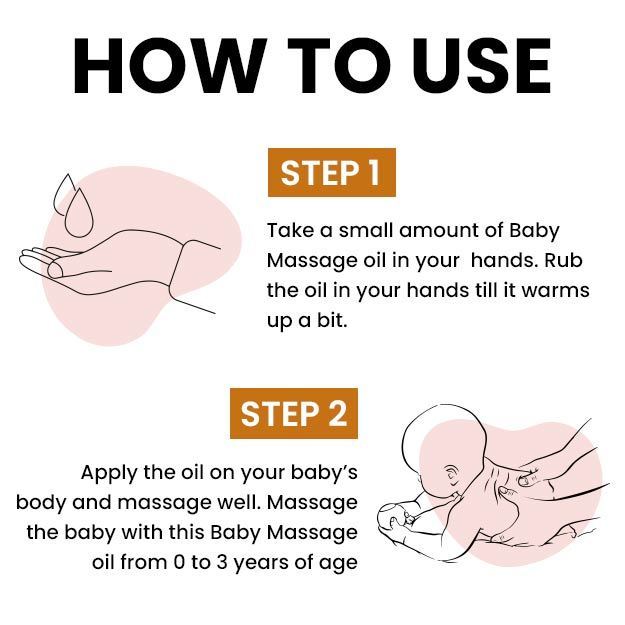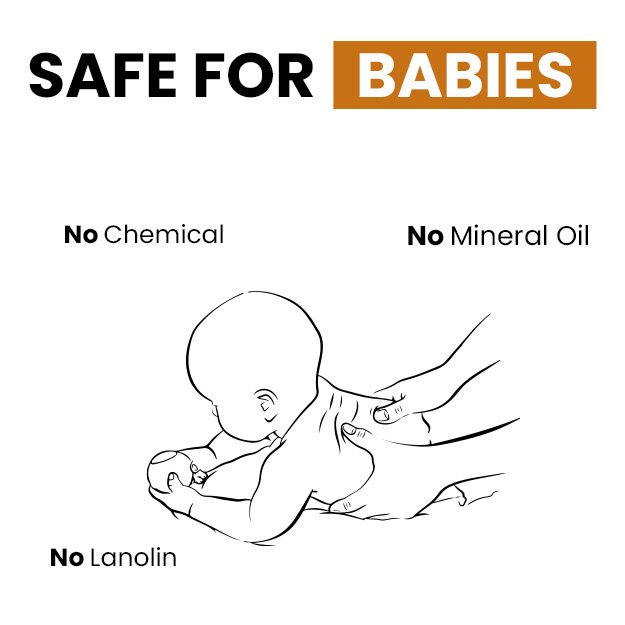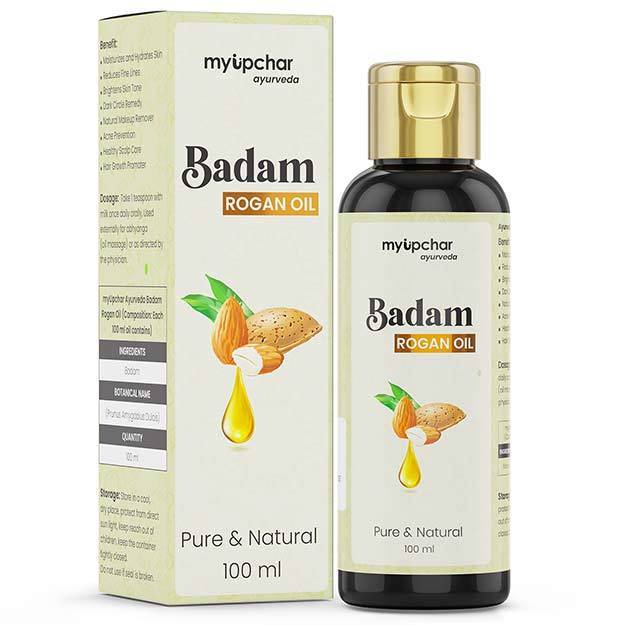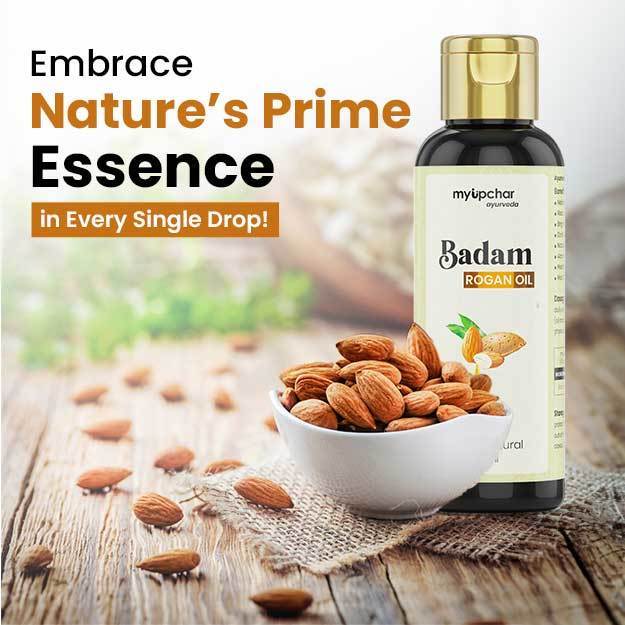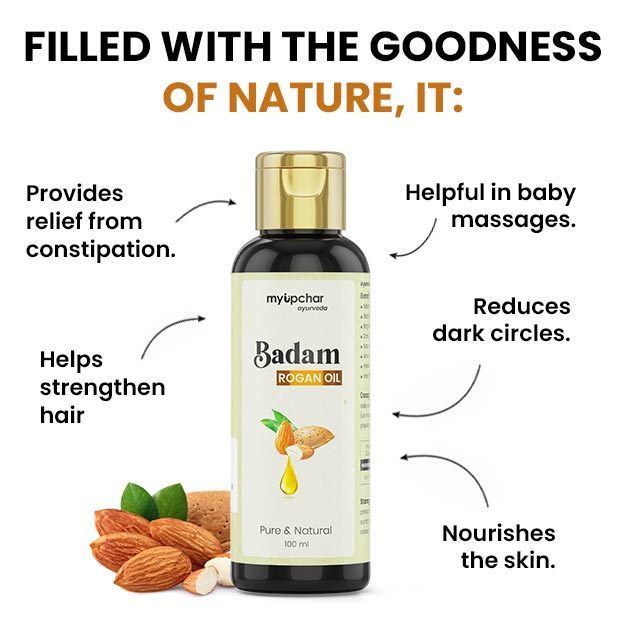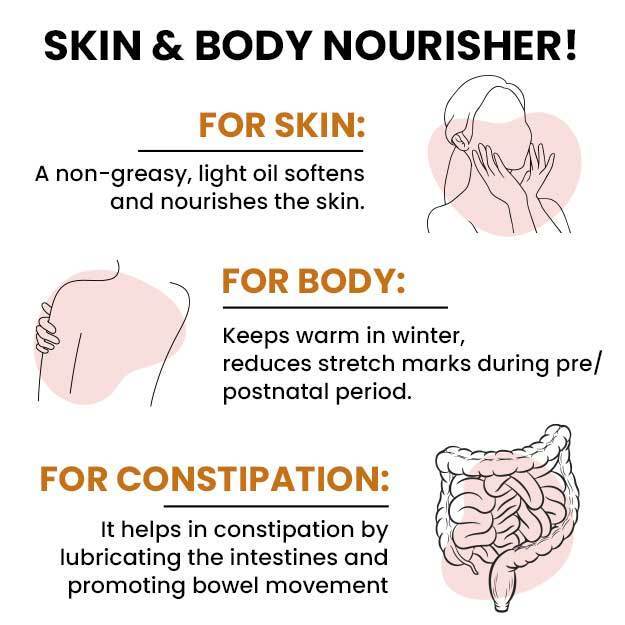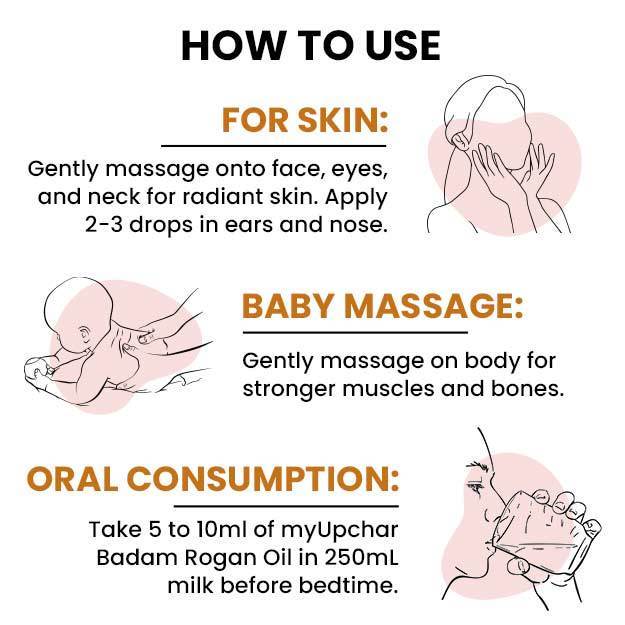Congratulations, your baby is now six months old! This is a very important time, as your baby is quickly growing into an infant with a personality and is now able to finally engage in some playful activities. Six months of age is when solid foods are first introduced to babies, and it has a ritual significance in large parts of India as well.
Read more: How to introduce solid foods to your baby
Rituals apart, the first introduction of solid foods to your baby’s diet also has immense pediatric health value attached to it. What solid foods you introduce to your baby from this age onwards will inform their dietary choices for the rest of their lives, and it’ll also determine how picky your baby is as he or she grows up. These early nutritional choices are therefore of the utmost importance.
Your baby will show a few signs after completing six months of age, indicating that he or she is ready for the introduction of solid foods. These include the baby being able to support his or her own head, ability to swallow without choking and showing an interest in food by trying to grasp food and take it to his or her mouth. It’s very important to remember that this process of introducing solid foods to the baby (complementary feeding) and slowly shifting to a diet of only solids (weaning) is a long one, and requires ample time and patience on every parent’s part.
It’s equally important to remember that at the age of six months, breast milk is still the most important and the best food for the baby. The baby will require four to six long breastfeeding sessions every day, and the introduction of solid foods is only a complementary part of his or her diet at this stage. Your focus should be to provide nutrients that breast milk does not have at this stage.
Here’s everything you need to know about the best foods for a six-month-old baby.







